Despite its adoption in May, agreement is still needed on how data and medicine will be shared equally between countries
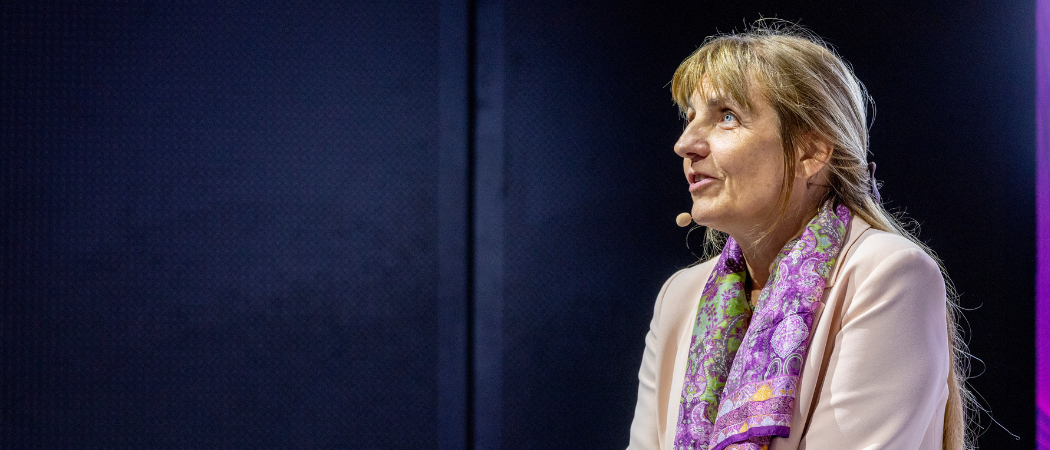
Sylvie Briand, chief scientist of the World Health Organization. Photo credits: Geneva Science and Diplomacy Anticipator / Flickr
In May, after more than three years of negotiations, health diplomats at the World Health Organization agreed a new WHO Pandemic Agreement. This aims to create a fairer, legally-binding system for sharing pathogen data and medicines following the hoarding and nationalism seen during the Covid pandemic.
But while the principles of the Pandemic Agreement are mostly settled, there is still a gap between these principles and how they will be implemented, according to Sylvie Briand, the WHO’s chief scientist and formally its director of global infectious hazard preparedness.
Now, negotiators are hoping to put “a little bit more meat around the bones” so that national governments fully understand what they are signing up to, she told Science|Business in an interview.
In particular, there is no agreement yet on the pathogen access and benefit sharing system, which will set out how exactly countries will share pathogen data, plus any tests and treatments created from that data.
According to Briand, one challenge is how this pathogen access system works with the Nagoya Protocol, a 2010 agreement which already regulates access to genetic resources, and any benefits coming from them. This came into force in 2014.
Many countries cannot freely share virus information because it could contradict rules agreed under the protocol. Even though negotiating these contradictions will take time, Briand sees room for compromise.
For example, one option is to consider the Pandemic Agreement a “special international instrument” under the Nagoya Protocol, with a mechanism for countermeasures. In other words, if sharing virus data guarantees access to a vaccine based on that data, the agreement does not contradict the Nagoya Protocol.
Diplomats and experts need to iron out how this system works by the next World Health Assembly in May 2026, when countries meet to sign and ratify the agreement.
Hard-won agreement
The discussions to come should be easier than the negotiations, which involved difficult discussions on technology transfer. Although companies produce the majority of vaccines, therapeutics and diagnostics, their relationship with the state is different in each country, which complicated matters, Briand said.
During negotiations, developing countries wanted drug developers to share licenses to produce and distribute vaccines and tests “on mutually agreed terms.” But countries with big pharma industries pushed for this to be “voluntary” instead.
In a statement issued during negotiations the pharmaceutical lobby group IFPMA said that any language stronger than “voluntary” might stifle the innovation needed in a pandemic.
Eventually the “mutually agreed” term made it into the agreement, with extra language to protect any already existing agreements.
Another goal of the agreement was to commit countries to share a portion of the produced vaccines with others, especially low-income countries. Although a similar initiative called Covax existed during the Covid pandemic, it broke down when vaccine-producing countries such as India halted vaccine exports during the Delta variant outbreak.
“It's often difficult for them to commit, to set aside their production in real time,” said Briand. The compromise reached in the agreement is that 20% of real-time vaccine production will be reserved for the WHO to manage; 10% as a donation, and the remaining percentage set at affordable prices.
Infodemic
Although the Pandemic Agreement puts in place rules and regulations for sharing data and treatments, Briand is also concerned about how governments deal with the next pandemic’s inevitable wave of disinformation and pseudoscience.
“They see this as something that’s not important, but I think it will determine if the response is a success or is a failure,” she said.
Related articles
- Dependence on foreign data infrastructure threatens EU research, Parliament hears
- European research projects hit by halt to NIH sub-awards
In 2021 Briand launched the WHO’s Information Network for Epidemics to bring scientific information to communities and their leaders to prevent misinformation from spreading. Although the WHO is trying to help, she notes that they have limited resources.
Those resources are likely to become more limited. Although the US took a leading role for most of the negotiations for the Pandemic Agreement, Donald Trump in January announced that the country would not sign the agreement and would pull out of the WHO altogether. This decision takes effect in January 2026, cutting the WHO’s budget considerably.
Ratification
The Pandemic Agreement will be opened for signing and ratification at the World Health Assembly in May 2026. Once 60 countries ratify it will become international law.
The US was not the only WHO member state not to vote for the treaty. Of the roughly dozen countries who abstained in the May adoption vote, many were from the EU, including Bulgaria, Italy, the Netherlands, Poland and Slovakia. Reasons for their abstention included a lack of consensus, worries that the agreement overrides state sovereignty, and the unfinished state of the pathogen access and benefit sharing system.
Once 60 ratifications are reached, the agreement will become applicable to all WHO members who sign and ratify it. The EU can also sign and ratify the agreement, but only on its own behalf and for its own competences, not those of its member states.
Briand says that global agreements like the Pandemic Agreement are “becoming more difficult,” with many regions such as the EU and ASEAN preferring to work on regional data agreements. Although she sees no problem with this, their success relies on global pacts like the Pandemic Agreement.
“Data sharing happens in any case, but if we want it really to be global, we need to have a framework,” she said. Data-sharing without such a framework “will defeat the purpose” of doing so among regional blocs.
“What we need is to have as many virus samples as possible. If many countries are not sharing, there will be blind spots,” she said.
When the next pandemic arrives, the Pandemic Agreement “will trigger more effective research and development of [vaccine] product, but we need to make sure that those products will be equitably distributed.”
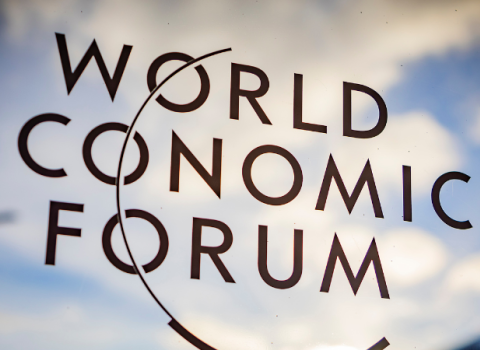
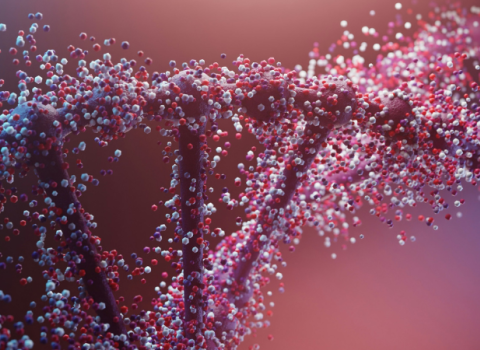
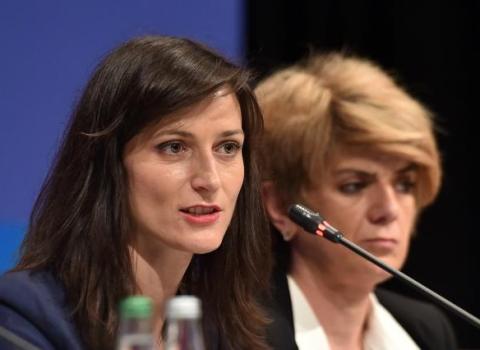
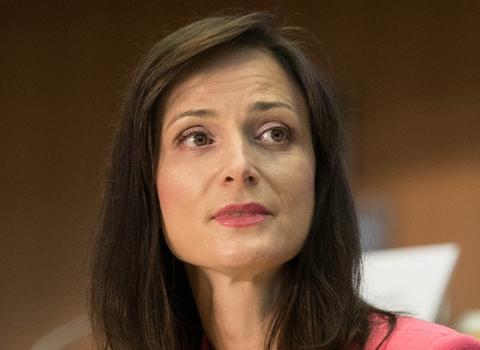
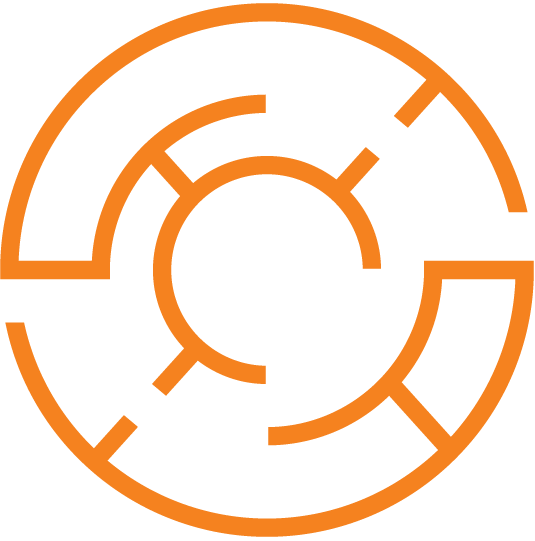
 A unique international forum for public research organisations and companies to connect their external engagement with strategic interests around their R&D system.
A unique international forum for public research organisations and companies to connect their external engagement with strategic interests around their R&D system.